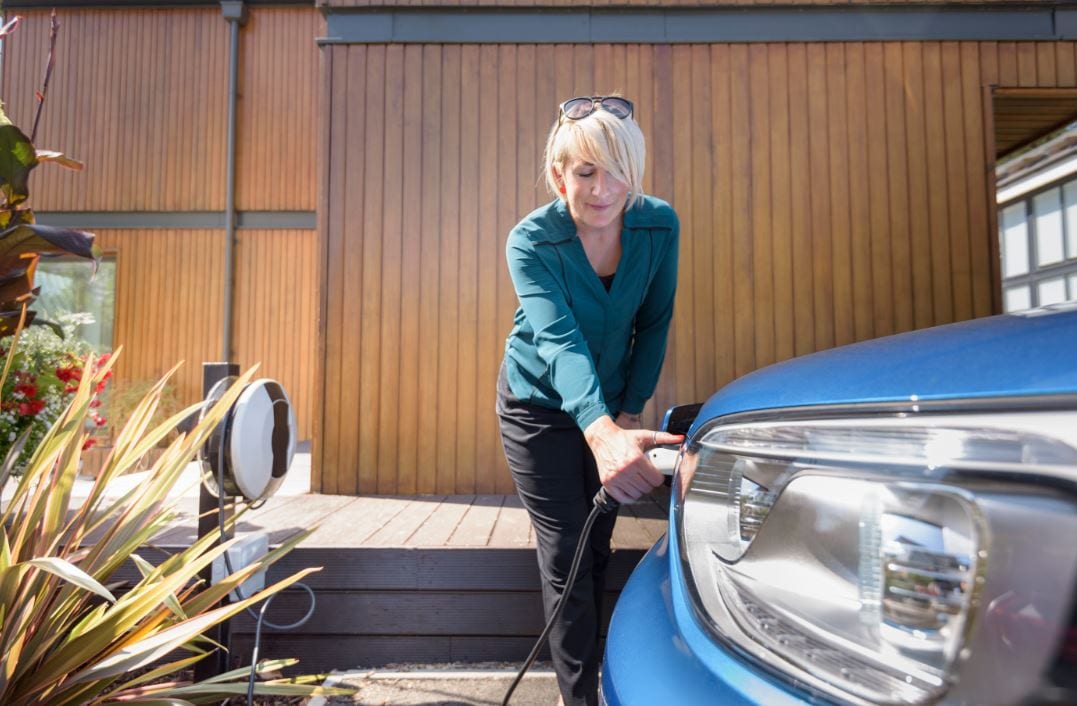Electric vehicles are becoming more popular with Australian drivers. They can make for a better driving experience – they’re almost noiseless, much smoother on the road due to the lack of engine vibrations, and they’ve proven to be more environmentally friendly than petrol or diesel cars, keeping the air cleaner and quieter.
Electric vehicles (or EVs) can also provide a sustainable driving experience. But what happens when thousands of vehicles are being driven into garages at the end of each day and plugged into chargers? It puts pressure on the electricity grid, potentially undoing all that good, clean driving work your car has done throughout the day.
Except that’s not quite true. Here’s how your electric vehicle can actually lend a hand to a struggling power grid and may even save you money.




